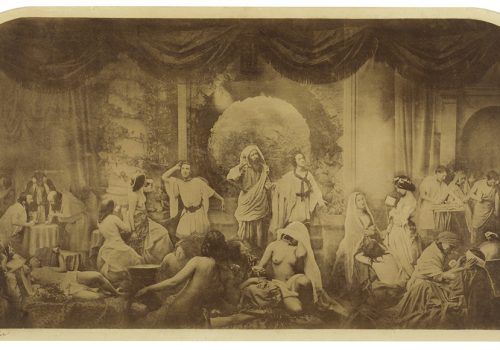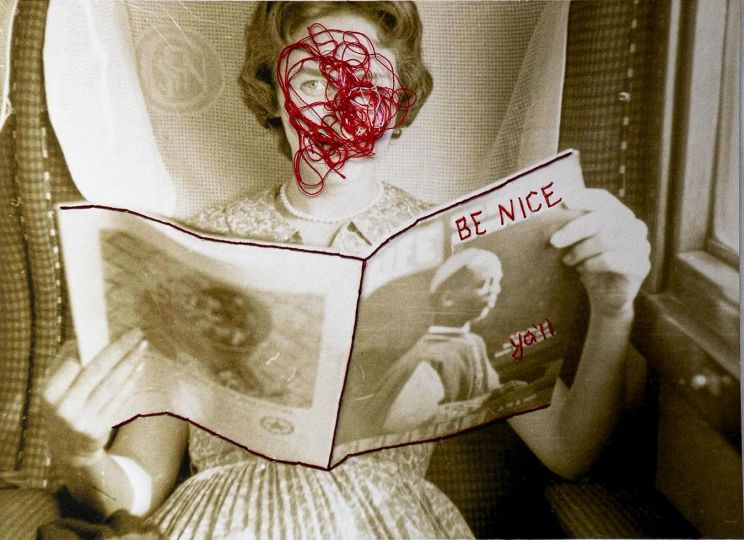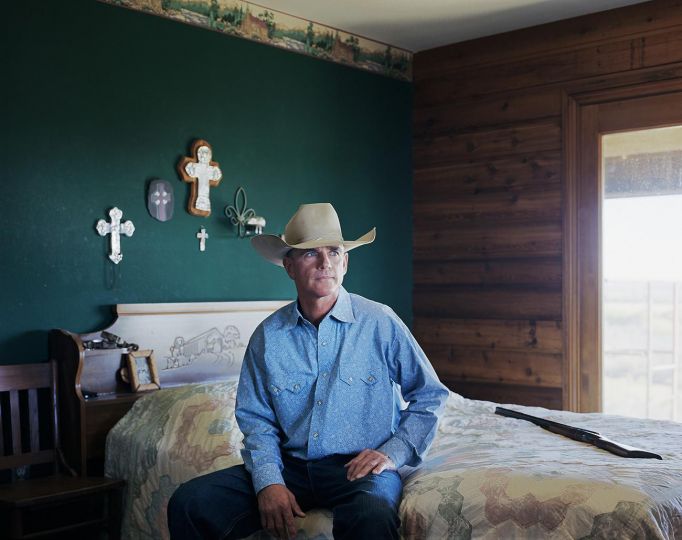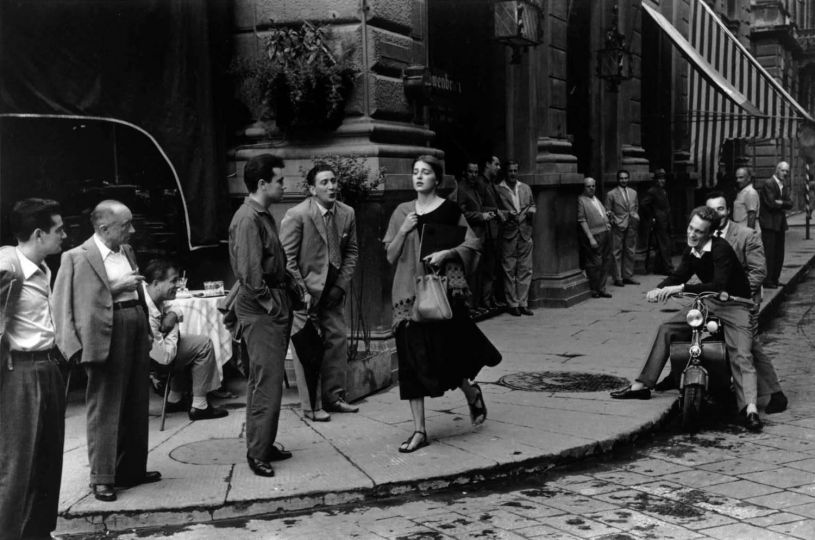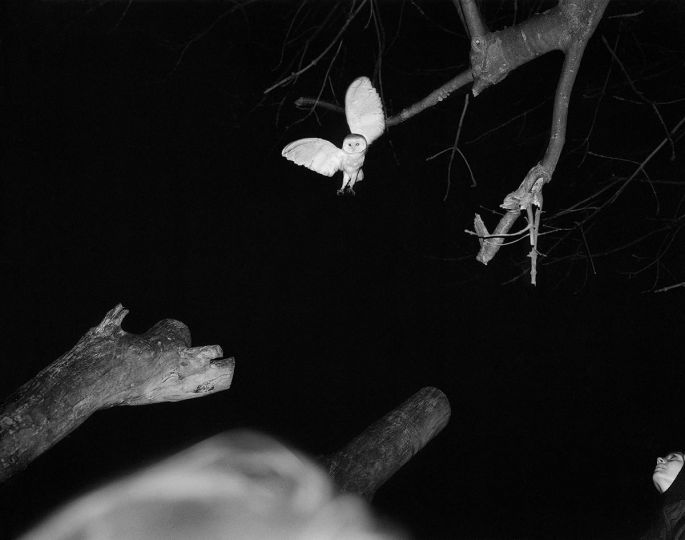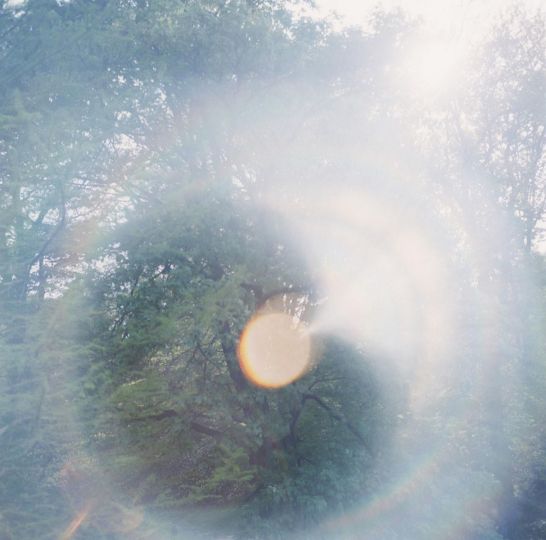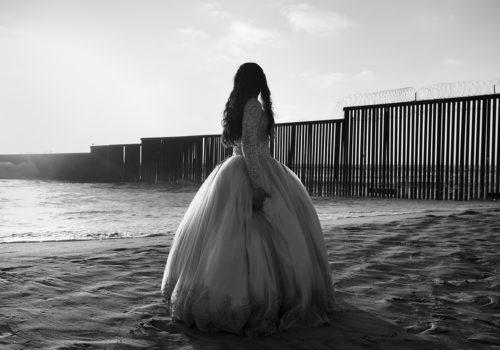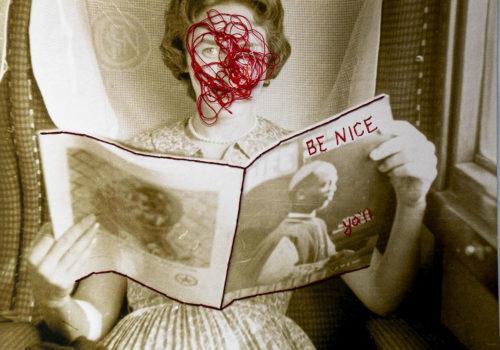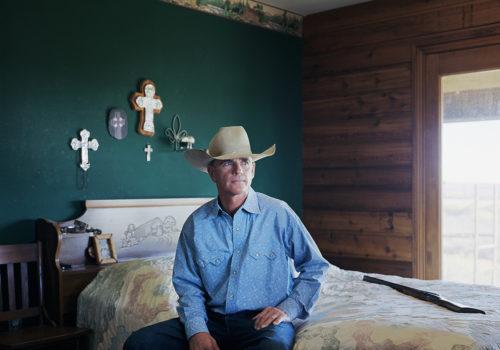Look at the lead picture that illustrates this story. What you are seeing is a composition made up of thirty different elements. The people vary in size giving you a sense of perspective, and they have been artfully matted together so as to make the image one seamless whole. So what, you say, I see pictures this complex every day. Well, this one wasn’t made anytime recently; this one was made in 1857, at the very beginnings of photography. The story of it and the story of the man who made it are interesting stuff so let’s take a closer look at him and the things he pioneered.
First and foremost, Oscar Rejlander was the father of “Combination Photography,” or composites, the combining of separate images into a single seamless picture. It’s a thing we do every day now using Photoshop but Oscar imagined it and he did it first, combining images from multiple glass plate negatives in the 1850s.
Oscar was also a pioneer in the capture of fleeting expressions. At a time when most portraits were made using a clamp to hold the sitters head steady, he made pictures that seemed lifelike and seemingly captured motion. It was because of this that Charles Darwin collaborated with him and used his photographs of people crying, laughing and in pain to illustrate his book The Expressions of the Emotions in Man and Animals.
Oscar also created genre scenes using his wife Mary Bull and himself to portray a variety of characters, ala Cindy Sherman although they did it for different reasons. And he was there at the beginning of art photography, in fact, he was called the father of art photography. But he lived to see his work dismissed as unimportant or wrongheaded as “straight” photography came into prominence and by the end of his life his pictures were pretty much ignored. To his contemporaries, he had been a well-known and respected figure, but today he is little known.
I’ve been trying to imagine the world that Oscar Rejlander lived in, in order to fully grasp his contributions to photography. In early1850s Europe, there were books and newspapers of course, but continuous tone reproduction hadn’t been invented, so photographs were not directly reproducible. In this world, Rejlander began his career as a painter. One of the ways he made his living was by drawing reproductions of famous artworks for wealthy clientele because that was state of the art circa mid-nineteenth century. The world was not yet filled with millions of reproduced images. So for instance, even if you had heard of Michelangelo, it’s unlikely you would have ever seen his work, or at best you might have seen a copy of it made by an artist.
But photography was making its way into the world, and from its beginning, it quickly became clear that photography would change our relationship to the image. At first, photographs were one-offs, and that limited their spread, but then photographers learned to make copies of their originals through the negative/positive process, and the gates were opened to something new; the cheap, readily available reproduction of images. At that moment the photographer as a commercial enterprise was born. Rejlander grasped the implication of these changes and learned how to make photographs soon after they appeared. He brought to photography his artist’s sensibilities, along with a playful nature and an inventors bent for making things better. At first, he was content with faithful reproductions of scenes, but soon, challenged by a visiting artist he began to experiment by combining multiple negatives into a single image. This led him to more complex experimentation culminating in his masterwork Two Ways of Life (Hope in Repentance) where he combined thirty negatives into a single image. Looking at it today you may find it quaint or hokey but forget the subject matter for a moment and study the picture. Then think about making it by placing thirty separate glass plate negatives on to the paper surface one after another, each one in exactly the right position, then exposing each one for exactly the right amount of time and all this without being able to see what you are doing and the enormity of what he has accomplished becomes apparent. In fact, the first print took six weeks to make from conception to execution, and we can only imagine his trials along the way.
The composite print wasn’t the end of his experiments either. Working in a succession of studios he invented techniques for making his sitters look more natural and lifelike. In 1863, he built a studio using carefully placed glass windows on one side and a long darkened area that faced the sitter so as to light the sitters face but have their eyes looking into the dark area; this kept their pupils open and natural. And his contributions weren’t only technical. He thought of photography as a “handmade of art” and early on he created a series of nudes intended to be sold to painters as aids to composition and posing. He asked his sitters to play a role in front of the camera, not just to stare passively into it.
There’s more to the story, but not all of it is pretty. Rejlander was a prolific experimenter and inventor, acclaimed in his time, yet by the time he died he was impoverished and largely out of fashion. On his death, he left so little behind that his obituary asked for financial help for his widow and he has languished in obscurity ever since.
But now after years of neglect The National Gallery of Canada, led by Lori Pauli, Curator of Photography is hoping to change that. Last year, the National Gallery mounted a comprehensive retrospective of Rejlander’s work, the first one ever, and now the J Paul Getty Museum, Karen Hellman curating is showing that retrospective here in Los Angeles. With 150 vintage prints on display and a beautiful book available for those too far away to see the show firsthand Oscar Rejlander’s contributions to photography are coming to light for a new generation. I think he would have been enormously pleased to see his work so visible again, the internet, our newest form of easily available reproduction rescuing him from obscurity.
Andy Romanoff.
Oscar Rejlander: Artist Photographer, currently at the Getty Center, 1200 Getty Center Dr., Los Angeles, through June 9th. http://www.getty.edu/visit/cal/events/ev_2397.html
All photographs by Oscar G. Rejlander, various copyrights
Andy Romanoff – writing https://medium.com/stories-ive-been-meaning-to-tell-you
Andy Romanoff – photography https://andyromanoff.zenfolio.com/

